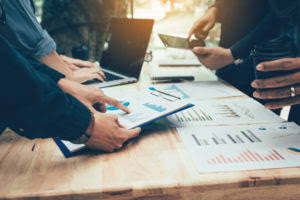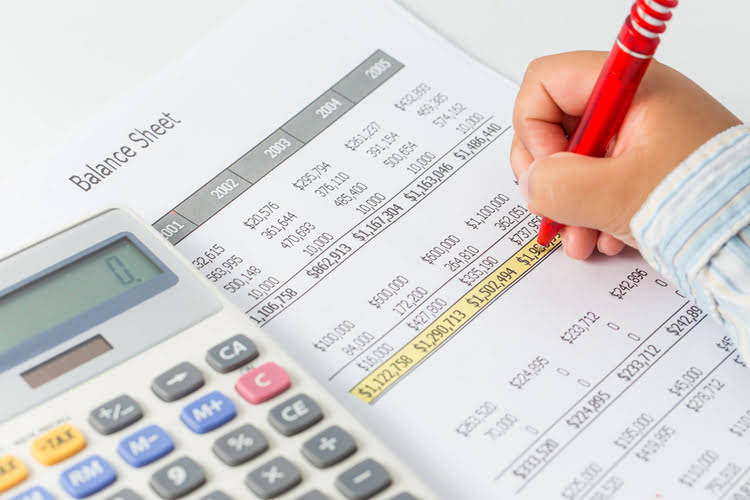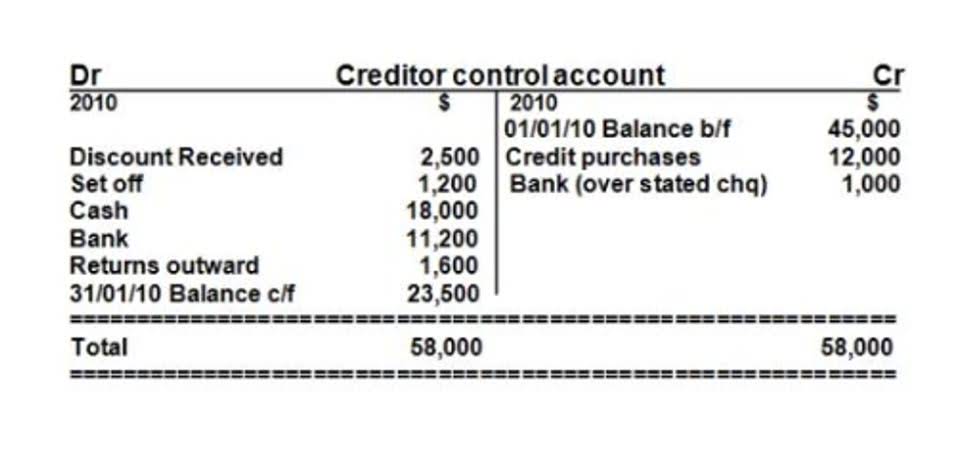What is a Balance Sheet? Financial Statement Fundamentals

It is crucial to note that how a balance sheet is formatted differs depending on where the company or organization is based. This stock is a previously outstanding stock that is purchased from stockholders by the issuing company. If the company wanted to, it could pay out all of that money to its shareholders through dividends.
Free Course: Understanding Financial Statements
- This category is usually called “owner’s equity” for sole proprietorships and “stockholders’ equity” or “shareholders’ equity” for corporations.
- It provides a comprehensive view of assets, liabilities, and equity, enabling individuals to make better financial decisions and track their progress towards their financial goals.
- You can also compare your latest balance sheet to previous ones to examine how your finances have changed over time.
- Some industries are more interested in liquidity, and others are in debt.
- The average time it takes for a retailer’s or manufacturer’s inventory to turn to cash.
- With liabilities, this is obvious—you owe loans to a bank, or repayment of bonds to holders of debt.
If the shareholder’s equity is positive, then the company has enough assets to pay off its liabilities. He doesn’t have a lot of liabilities compared to his assets, and all of them are short-term liabilities. When a company buys a fixed asset, it records the purchase on its balance sheet. The company then begins to depreciate ( or reduce in value) the asset over time. The three financial statements are the Balance Sheet, the Profit and Loss Statement, and the Cash Flow Statement.
- Fixed assets or long-term assets are things a business owns that it plans to use for a long period of time.
- Other examples include (1) the allowance for doubtful accounts, (2) discount on bonds payable, (3) sales returns and allowances, and (4) sales discounts.
- From simple transactions to mergers & acquisitions, you must dive deeper into the stats to understand this.
- It’s important to keep accurate balance sheets regularly for this reason.
- These financial statements can only show the financial metrics of your company at a single moment in time.
- Now that the balance sheet is prepared and the beginning and ending cash balances are calculated, the statement of cash flows can be prepared.
Intangible Assets and Off-Balance Sheet Items
- It is one of the three main financial statements used in accounting, alongside the income statement and cash flow statement.
- Your balance sheet can help you understand how much leverage your business has, which tells you how much financial risk you face.
- In other words, it shows you how much cash you have readily available.
- However, you can defeat this issue by using the accounting features of financial software.
- For larger companies, they may even have the report on their website.
- For example, the cost of new equipment to be used in a business will include the cost of getting the equipment installed and operating properly.
- A balance sheet shows only what a company owns (and owes) on a specific date by displaying assets, liabilities, and equities.
Given the above information, the company’s December virtual accountant 31 balance sheet will report $1,500 as the current asset prepaid expenses. On February 28 prepaid expenses will report $900 (3 months of the insurance cost that is unexpired/still prepaid X $300 per month), and so on. The current asset other receivables is the amount other than accounts receivable that a company has a right to receive. The operating cycle for a distributor of goods is the average time it takes for the distributor’s cash to return to its checking account after purchasing goods for sale.

Financial Ratios and the Balance Sheet

This financial statement is used both internally and externally to determine the so-called “book value” of the company, or its overall worth. Generally, sales growth, whether rapid or slow, dictates a larger asset base—higher levels of inventory, receivables, and fixed assets (plant, property, and equipment, or PPE). As a company’s assets grow, its liabilities and/or equity also tend to grow in order for its financial position to stay in balance. Explore our online finance and accounting courses, which can teach you the key financial concepts you need to balance sheet basics understand business performance and potential. If you want to dive into creating a balance sheet, download our free financial statement templates to start practicing.

- The current ratio is calculated by dividing the total current assets by the total current liabilities.
- Interest earned by a bank is considered to be part of operating revenues.
- By looking at the sample balance sheet below, you can extract vital information about the health of the company being reported on.
- Key balance sheet items can offer valuable insights into a company.
- A business owner, bookkeeper, or accountant usually prepares the balance sheet.
- Likewise, current liabilities must be represented separately from long-term liabilities.
- The balance sheet is essentially a picture a company’s recourses, debts, and ownership on a given day.
Along with income statements and cash flow information, it is also a vital business component. The balance sheet reports information as of a date (a point in time). Usually financial statements refer to the balance sheet, income statement, statement of cash flows, statement of retained earnings, and statement of stockholders’ bookkeeping equity.


Leave a Reply